The Famous Girl
Pocahontas is a name we’ve all heard, largely thanks to the 1995 eponymous Disney movie. The lively animated movie turned the Native American woman into one of the most popular Disney princesses of all time.

Even though the movie brought joy to everybody’s heart, the real story of the beautiful Pocahontas is much darker and more tragic than shown in the film. Let’s see who Pocahontas really was.
The Nickname
Pocahontas was born in 1596 in a Powhatan tribe, but she wasn’t born with the name Pocahontas. Her parents initially gave her the name Amonute and Pocahontas was her nickname, which she shared with her mother. The name is a Powhatan nickname meaning ‘the playful one.’

The happy child was a delight to be around, spinning cartwheels and always in a playful mood. She received another name when she became older…
The New Name
According to the Native American culture, as the kids get older, they’re supposed to get a new name. This name was supposed to reflect the personality traits that the child exhibits.

Pocahontas’s new name was Matoka. The name, in her native language, meant ‘the flower between two streams.’ This was a reference to Pocahontas’s beauty, which was growing.
The Parents
The young girl’s parents were a woman named Pocahontas and a man called Wahunsenaca, who was a Chief Powhatan.
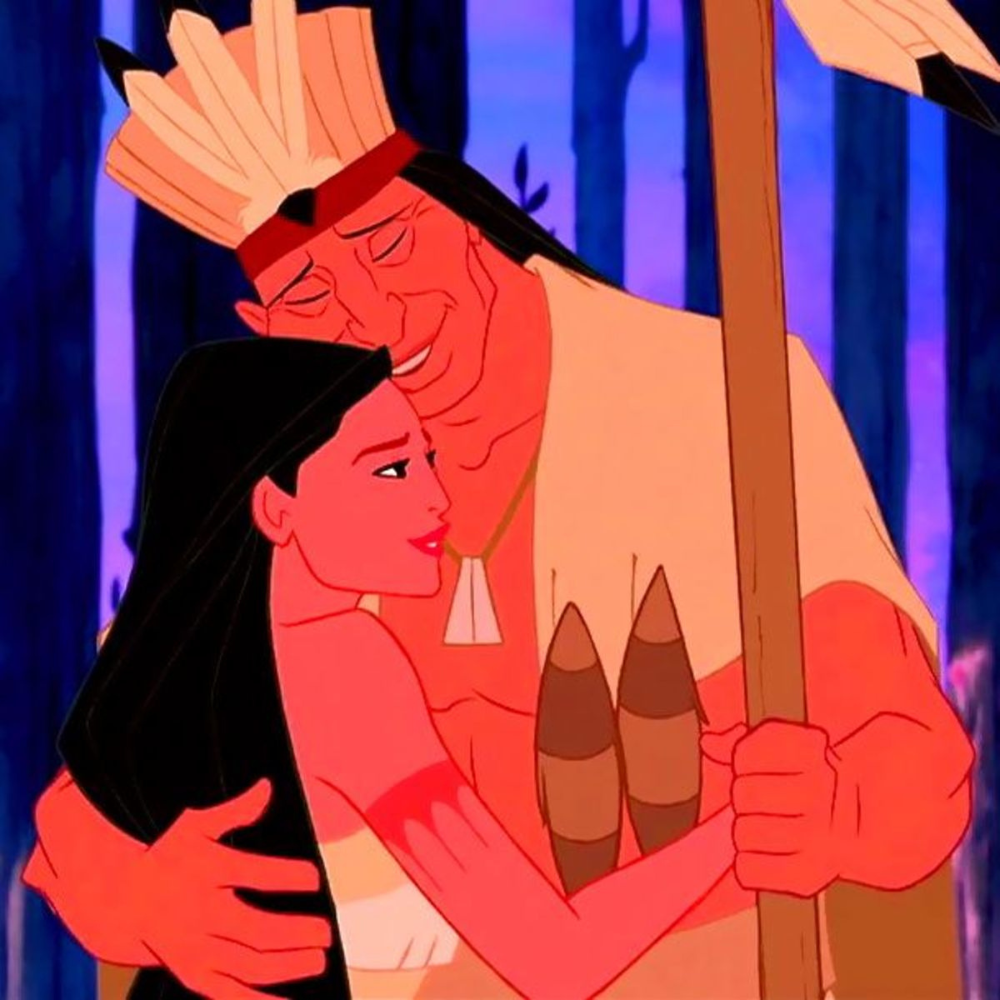
The chief oversaw multiple other tribes and was the chief of approximately 25,000 people. He even had 30 low-level chiefs working under him. Although a lot is known about her father’s history books, only a few things are known about her mother.
The Powhatan Culture
In the Powhatan culture, the chief’s customary duty was to have multiple wives. Whenever a wife fell pregnant, she had to return to her original Powhatan tribe to wait out her pregnancy duration until giving birth. The child would only return to the chief when strong enough.

Post that, the child would live with her father and half-sibling while the mother got free reign to marry any other man. Pocahontas’s mother was never truly described post the birth of her daughter. The only thing known is that she was playful, just like her daughter.
Pocahontas Never Saved John Smith
According to John Smith’s adventure retellings, Pocahontas was responsible for saving his life, but that wasn’t the case. According to the English explorer, he was captured by a man called Opechancanough, who paraded him through every Powhatan village.

This showing ended at the village where Pocahontas’ father was the chief, where it was decided that Smith’s life was to be forfeited. But it was Pocahontas who stepped in and saved him. In reality, this is not what happened though.
Well Exaggerated Stories
When historians dove deep into the stories of John Smith, it turned out he had exaggerated quite a lot. His descriptions of New York were over the top, and people have outright dismissed his claim of having seen mermaids.

Similarly, historians have stated that the Native American Pocahontas had no real motivation to save John Smith, as she was only a child when this all happened. These stories have been deemed as a way for John Smith to sell more books.
The Mythical Relationship
Despite the famous love story between Pocahontas and John Smith, as told in the Disney movie, it’s not the true story. In reality, Pocahontas was only around 9 to 11 years old, while John Smith was 27.

Not only was the relationship not genuine, but John Smith was also no goody-goody either. His fictionalized goodness was a way for John to sell his books, but the truth was something else entirely.
The Truth About John
John Smith was not in any way romantically involved with Pocahontas. In fact, he was a terrorizing presence in the village. He’d often break into people’s houses and try to take all their supplies until he was eventually caught.

But soon, the Powhatan tribe faced problems with attacks from the Spanish, and Pocahontas’ father and chief Wahunsenaca had to partner with Smith, making him the chief of whites.
A Skillful Lady
Like many other Powhatan girls, Pocahontas knew a lot of life skills. The girls were expected to take over the care of the house by the time they were 13. They knew how to plant vegetables, skin animals, and recognize different plants in the forest.

Pocahontas probably knew how to build a house, cook fantastic meals, clean, raise children, and gather water. The women were responsible for almost everything except hunting and defending the village.
Permanently Inked
One thing that the 1995 Pocahontas movie got right was that she probably had ink on her body. In the film, the Disney princess had a single tattoo on her arm, but Pocahontas most probably had multiple tattoos all over her body in reality.

This is because the women of high ranks had face tattoos, and Pocahontas’ status as the chief’s daughter made her a high-ranking woman. Though none of the illustrations show her having any tattoos, so it’s also possible that she left her village without getting any ink.
The Coming-Of-Age Ceremony
Powhatan tradition stated that when they turned 14, females had a coming-of-age ceremony signifying their change from a girl to a woman. This included them also getting to choose a new name.

The young teen chose the name Pocahontas for herself, as she believed that the name truly suited her true self. Shortly afterward, she was wed to a man named Kocom.
The Husband
Kocom was a fellow tribe member and the brother of a chief of a nearby village named Japasaw. After the duo married, they moved to the village headed by Japasaw and were blessed with a baby girl. The village was situated near Jamestown, which housed many English settlers.

Kucom also appeared in the Disney movie, albeit his character was portrayed as a severe and stoic man whom Pocahontas wasn’t interested in.
A Cultural Conflict
Amidst all this, the tension between the Powhatan tribe and the English settlers started to brew quite strongly. This all happened because of the liberties the English men took with the tribal women.

Tensions reached an all-time high during summer when the Powhatan women walked around bare to cool off. The English, unaccustomed to such sights, started taking advantage of the situation. Soon, the Powhatan women began pointing fingers at the culprits, and the men in the tribe were ready for revenge.
The Pawn
Pocahontas, who was busy living her life happily as a young mother, became an unwitting pawn in the feud. The English settlers knew the tribal men were ready to wage war on them for their crimes.

For safety, Captain Samuel Argall came up with the plan to kidnap Pocahontas. The young girl, who was weak after just giving birth, couldn’t defend herself well and was kidnapped as leverage.
A Bargain or Blackmail
The colonists of Jamestown made their retaliation technique clear to Chief Japasaw in case he attacked. Pocahontas’s life was to be forfeited if anybody tried to make the colonists pay for their crimes.

She might’ve been young, but she was no fool. Pocahontas knew what she had to do, and with grit and determination, she gave up her newborn daughter to the village ladies for safety. Soon, she was locked in the bottom of the Captain’s ship as a captive.
A Tragic End
Pocahontas’s brother-in-law believed that the kidnapping was only temporary and that she’d be released as soon as the issue settled. Chief Japasaw thought that honor would stop the settlers from harming a young mother. To keep Pocahontas from being harmed, he decided not to send any men to rescue her.

But her husband Kocom was determined to rescue his wife but he was captured in his attempt. The young wife had to watch her husband’s tragic end right in front of her.
The Hostage Experience
Not only did Pocahontas have to watch her husband’s tragic end, but she also had to give up her child and was locked on a boat. The longer her imprisonment stretched, the more the poor girl became morose.

Eventually, she stopped eating or responding to her kidnappers. Worried, the English brought in her sister to revive her and get her to eat again. They needed Pocahontas to eat as she was their bargaining chip.
An Experience to Forget
Pocahontas’s visit with her sister brought the truth about her horrible treatment to the forefront. She informed her sister of the assault she suffered at the hands of the men.

The settlers had even led her to believe that her father and her tribe no longer loved her, which is why no rescue was underway. Her sister reassured Pocahontas that she was dearly loved and missed by everybody. She became pregnant again while still in captivity.
A Change in Religion
Pocahontas was made to give up her Native American identity and forced to change her name to Rebecca. The minister performing Pocahontas’s religious ceremony told her that she’d be much happier in England and encouraged her to go there.

Her conversion also relieved the English settlers as they believed she was not a civilized woman. Now, Pocahontas would be living by the same rules as every other white person at that time.
A Rescue, Finally!
Pocahontas’s father, tired of waiting, finally decided to take off on a rescue mission for his daughter in 1614. The rescue was challenging, with many soldiers passing away in the battle.

After a lot of fighting, Pocahontas was allowed to speak to her father but what she said shook him to his core. According to the stories, the young girl refused to return with him and instead wanted to journey to England.
A Twist in the Tale
The fact that Pocahontas refused to go back home brought much shock to everybody, but historians have many explanations for this. First, she just wanted to get the settlers away from her friends and family and decided this was the best course.
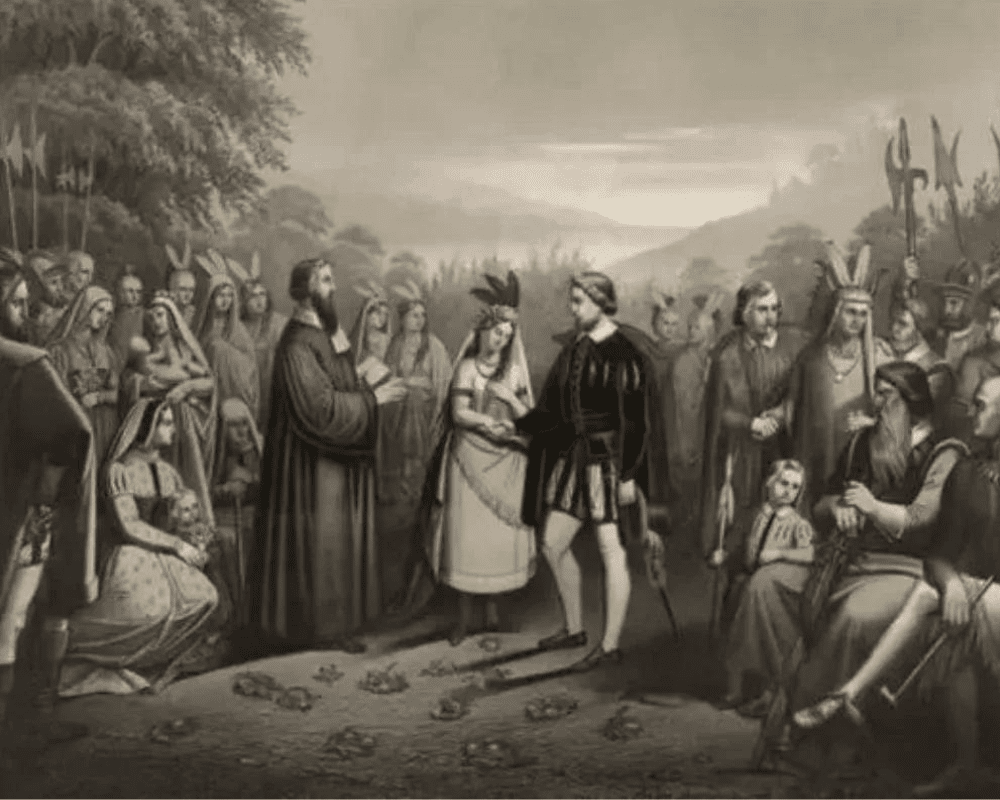
It was also theorized that she suffered from Stockholm syndrome. Lastly, a theory suggests that she actually said nothing of the sort, but it’s just something that the story states.
The Trip to England
Pocahontas’s captivity provided the settlers of Jamestown with a measure of safety, but they still wanted to fix the issues with the Powhatan tribe. They had built excellent relations with the English as they were farming and sending the product to England.

The people of England wanted peace and respect to be given to the natives, so a decision was made. Pocahontas, her new son Thomas, and her sister set sail to England with the settlers as proof of a great relationship with the tribe.
A Transformation
Since Pocahontas was brought to England as proof, she wasn’t kept as a captive anymore. The settlers wanted to present her to society, so they came up with specific changes to be made.
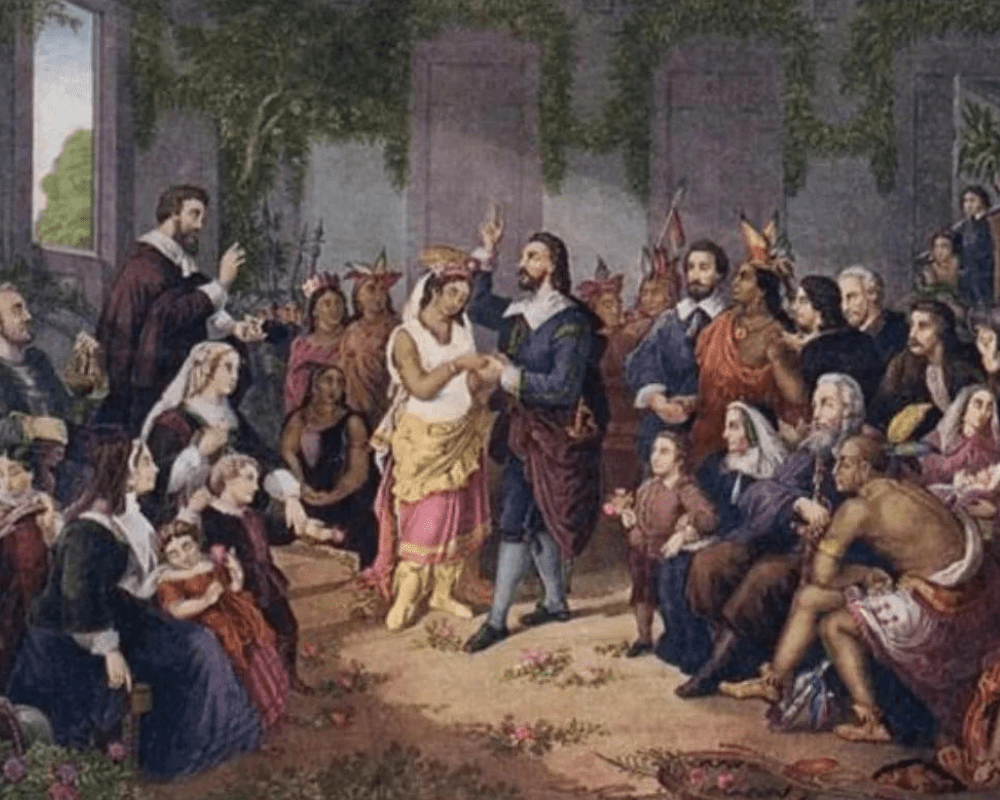
This included her learning English to be able to communicate. The intelligent girl picked up the new language in no time and could fluently converse with people in her new home.
The New Pocahontas
The English were quite surprised by Pocahontas. Having never met a Native American, they expected to meet an unkempt, non-sophisticated person, but what they saw was something else entirely.

Pocahontas managed to surprise and impress the English with her actions. She was poised, well-dressed, and spoke the language correctly. The English accepted her, and she became the diplomat between the two highly different cultures.
A Second Marriage
Pocahontas married again, this time to an Englishman named John Rolfe, while her son became Thomas Rolfe. John publicly declared Thomas as his child, but the truth was that the young boy’s father was unknown.

Powhatan tradition asks for the bride’s father to give her away, but sadly Pocahontas couldn’t have that for her second marriage. However, soon after, her father sent her a pearl necklace as a wedding present.
Popular Society
Pocahontas’s introduction to English society was surprising and highly successful. On her first visit to the royal court, she was treated as a princess, given that she was the chief’s daughter.

With caramel-colored skin, dark hair, and a presence to behold, the beautiful young woman left everybody impressed. The people wanted to know more and more about the Native Americans, and Jamestown Colony became popular.
The Recounting of John Smith
Explorer John Smith’s recounting, and stories of Pocahontas made the public fall in love with her all the more. His reports led them to believe that Pocahontas was a natural-born diplomat and instrumental in the peace achieved with the Native Americans.

Such was the height of her popularity that the English even made a collective stamp with her likeness.
The Return Journey
Pocahontas had done what the English wanted her to do. Thanks to her, there was peace between the two cultures, and she had become the symbol of that peace. Five years passed since the settlers first took Pocahontas, and the now 21-year-old was itching to revisit her family.

Pocahontas begged her husband to allow her to see her family and loved ones, and soon she was ready to set sail back home to Virginia.
A Passing of Sorts
The ship set to take Pocahontas back home belonged to Captain Samuel Argall, the same man who kept her under lock and key. But sadly, the journey did not end the way Pocahontas probably imagined, and she had a tragic end onboard.

One night, while having dinner with the Captain and her husband, Pocahontas had some trouble during the meal. Soon after, the young 21-year-old breathed her last breath. The circumstances of her passing remained a mystery.
The Story Vs. the Truth
According to Rolfe and the Captain, Pocahontas passed away from consumption. However, it was pretty fishy how the 21-year-old suddenly passed away because it takes time for consumption to take over somebody’s body.
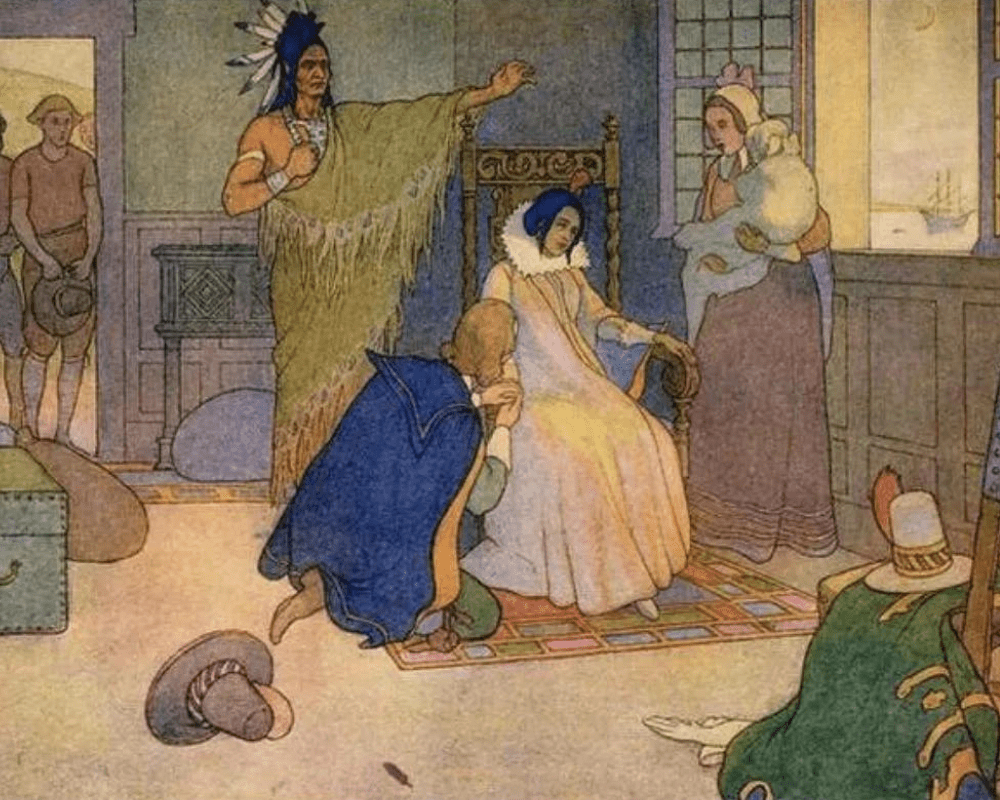
According to her sister and other people back home, she was completely fine when she set off for the journey hours ago. It was speculated that it was Rolfe and the Captain who poisoned her. Her fame had given her a shield that other Native Americans in England didn’t have.
No Returning to Her Land
After her passing, the people on the ship brought Pocahontas’s body to England instead of taking her back home and laying her to rest there. This was said to be because they wanted to keep up the illusion of her being a good English citizen and a model person.
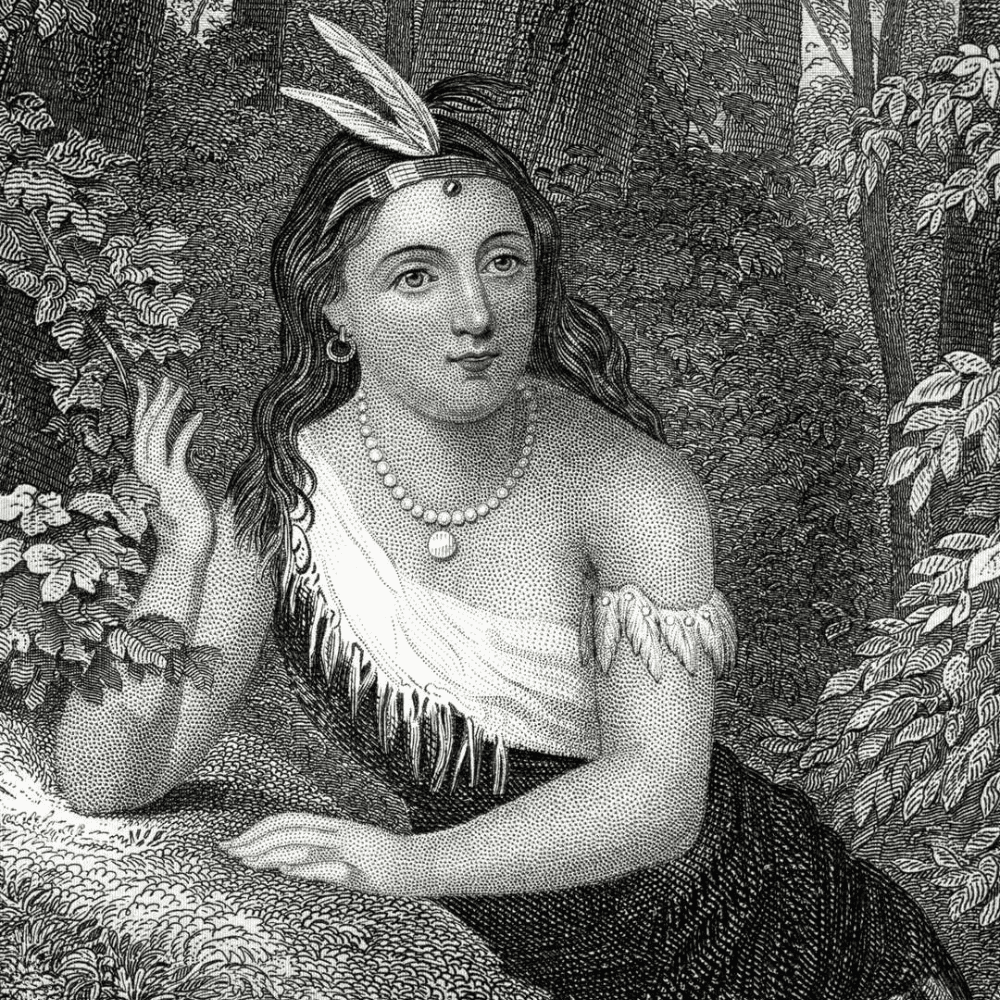
Her family, however, was heartbroken at being unable to say goodbye to the young girl. Tragically, Pocahontas’s father passed away of heartbreak. The tribe asked for her body multiple times but was always denied and ignored.
A Tourist Attraction
Pocahontas’s gravesite is located in Gravesend, Kent, in England, and is a significant tourist attraction. It brings in a lot of money as tourists flocked to see the place. There’s even a statue that makes her easy for tourists to spot.

The hubbub to see her only increased when the Disney movie came out and the visitors to the gravesite increased tenfold.
The Truth Passed Down
For many centuries, the truth of Pocahontas was believed to be what the English had told. It was only reinforced by the available literature that romanticized everything about her story.
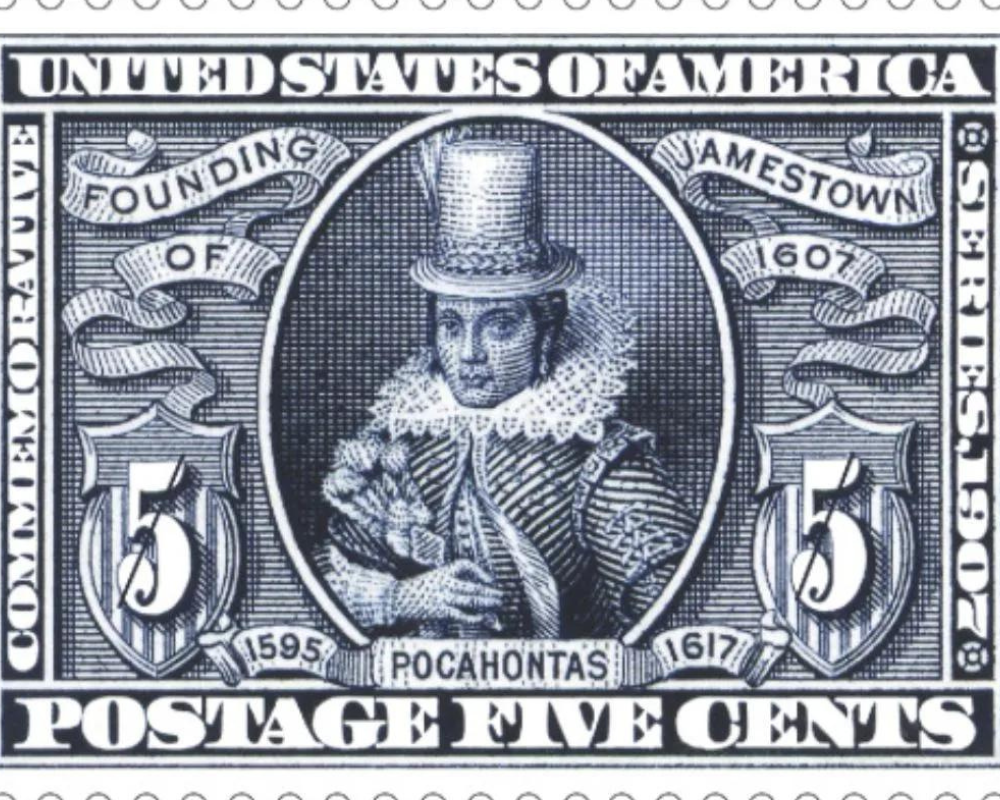
However, the Powhatan tribe ensured that the true story didn’t die out. For 400 years, her story was passed down from generation to generation in the tribe. Eventually, it was put in written text for people to know.
The Story of the Son
Once Pocahontas passed away, her son’s only remaining parent became John Rolfe. But the truth was that the true parentage had always been a big question, so John Rolfe decided to abandon the son.

When Thomas was only five years old, John Rolfe passed him on to his brother Henry Rolfe. John only cared about making money and hence continued his sail to Virginia.
A Battle for Support
Such was John’s disdain for his allegedly adopted son that he not only ignored him and handed him off, but he also refused to pay any child support. But John was in a bind…

To cover up all his crimes aboard the ship, he had to sign all the documents that stated he was Thomas’s biological father. Even his brother Henry, who was now taking care of Thomas, took him to court and demanded that his nephew receive the support John owed him.
A Legacy That Lived On
Thomas Rolfe’s entire life was shrouded with fame, but sadly it was never his own. His presence was eclipsed by the story of his mother which made him a known name.

But fame didn’t afford him any freedom. The English, terrified of John moving to America and ruining the carefully constructed narrative, ensured that never set foot there. He was never allowed to visit what was his true home.
The Bequeath
Even though John was reluctant to share his wealth with his son, he had no option because Thomas was his sole heir for all intents and purposes. So after his passing, Thomas inherited everything that John owned, including some land in Virginia, the place of the Powhatan people.
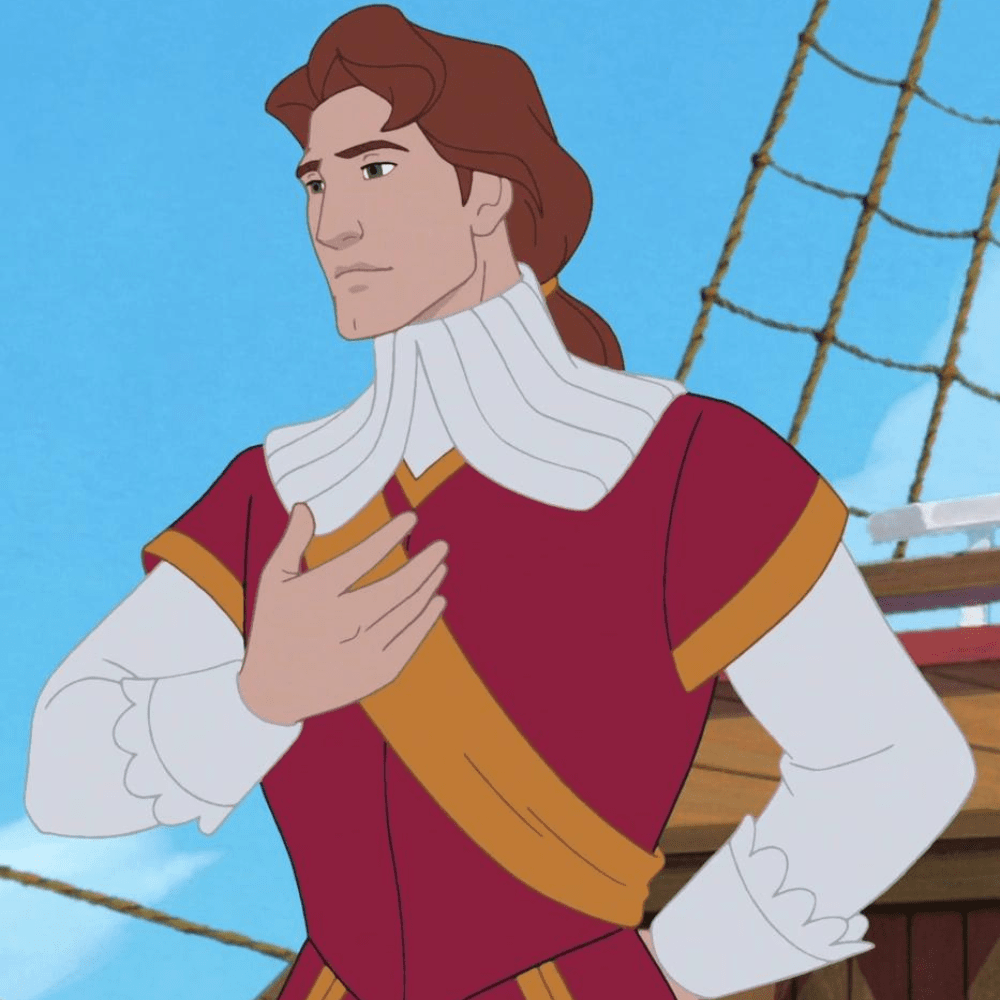
Pocahontas’s other child, Thomas’s half-sister, was being raised in the tribe and also got some land in the will. However, sadly for the siblings, the two never met.
A Life Eclipsed
Thomas’s entire existence was shadowed by his parents’ names and fame, which remains the case even today. Thomas’s grave marker reads ‘Son of Pocahontas’ and nothing more. There’s no description of him as a person.

Some of Pocahontas’s descendants did go on to become famous people. For example, one of them, named Wayne Newton, was a Las Vegas entertainer.
A Legacy that Lives On
Pocahontas’s legacy and name live on, not just among her tribe but worldwide. Her beauty and courage are legendary, inspiring many in her tribe.

Even today, she’s remembered fondly, and her story has inspired multiple movies, books, and songs. Slowly, people are moving away from the fictionalized version and getting to know the real and true story behind the hero Pocahontas.
Pocahontas is a name most people are familiar with. However, her story is different from the one we think is true. It wasn’t all roses and romance as portrayed in the movie, and explorer John Smith’s writing. Instead, the Native American woman faced many hardships in the 21 years of her life. Let’s read exactly who Pocahontas was and what happened to her.